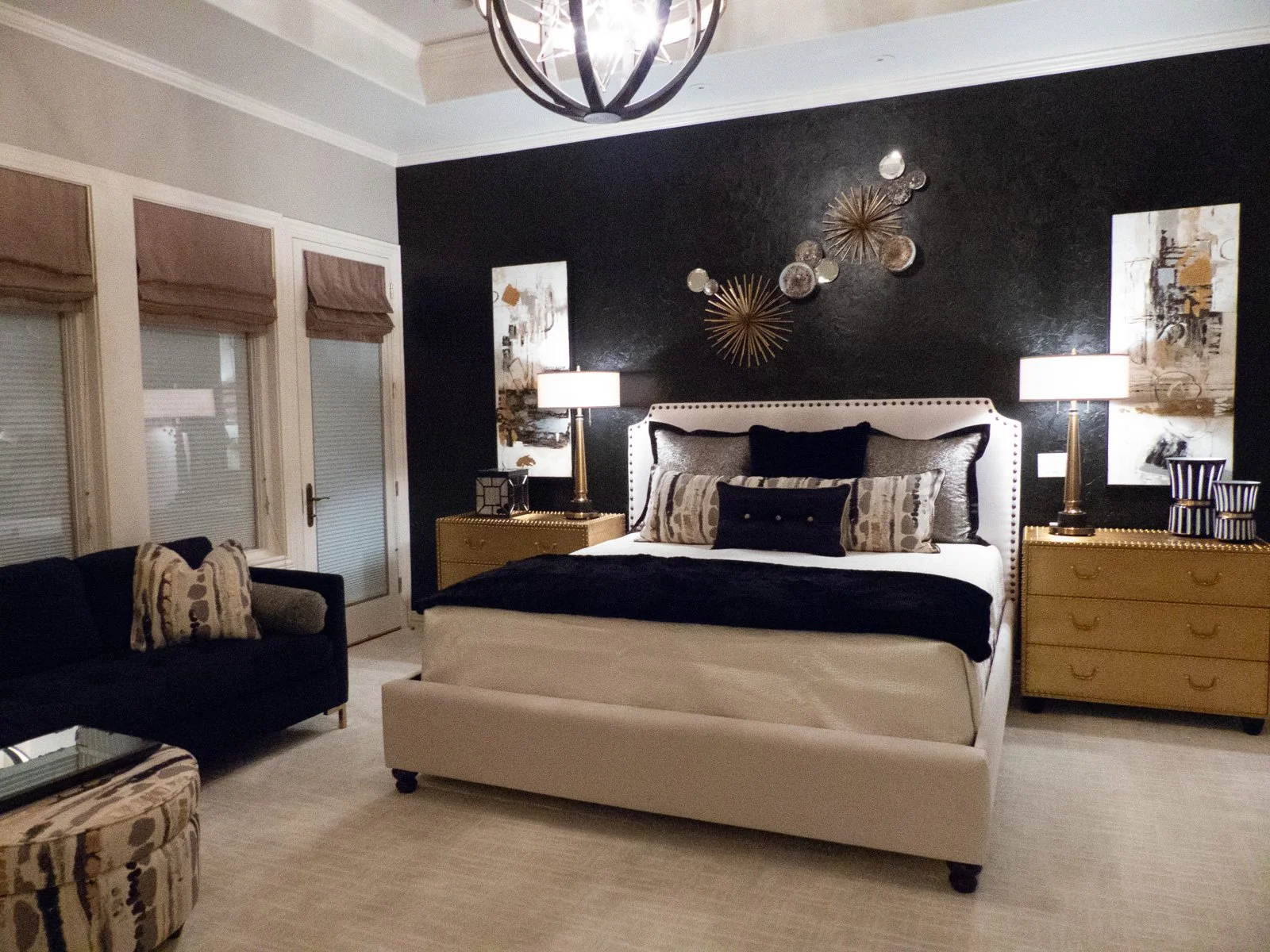Rice University, Houston, Texas



Neighborhoods We Serve
Rice University, Houston, TX
Rice University resides on 300 acres of heavily wooded land in the heart of Houston. It began as a small college with 77 students in its first year (1912) and has grown to a 4,000 undergrad student, top-tier research university. It grants degrees through schools of Engineering & Computing, Business, Architecture, Humanities, Social Sciences, Music and Natural Sciences. It also offers a School of Continuing Studies and a Graduate School of Business. It is a private university. Two Rice professors won the Nobel Prize in Chemistry in 1996 for their work in nanotechnology.
Students at Rice are pretty evenly split between male and female. Approximately 75 percent of the student population resides on campus. Each residential building has its own quadrangle, giving students a space for social functions and recreational activities. There is no Greek system on campus. Graduate students are housed at two University owned apartment complexes, Rice Graduate Apartments and Rice Village Apartments which is designated for families. Rice Village Apartments is also a LEED certified green building and discourages the use of cars by giving new bicycles to residents. Both apartment complexes are on the University shuttle route.
Rice Village Apartments is served by the Houston Independent School District. Students are zoned to Roberts Elementary School, Pershing Middle School and Lamar High School. Houston ISD and the University partnered to establish The Rice School, a K-8 public charter school in the Braeswood neighborhood south of campus.
Rice Stadium opened in 1950 and today seats 47,000 football fans. It was the site of President John F. Kennedy’s 1962 public speech in which he encouraged the nation to put a man on the moon by 1969. Rice Stadium hosted Superbowl VIII in 1974. The 60,000 square foot Brian Patterson Sports Performance Center was constructed in 2015 to replace dated training facilities in other campus locations.
Fondren Library, the main campus library, was constructed in 1949 and named for Walter Fondren, co-founder of Humble Oil & Refining Company. The building’s architecture is Mediterranean Revival, in keeping with the other buildings on campus at the time, with Art Deco influences in keeping with the style of the time. It features a light colored brick facade, arches and columns with the clean lines of Art Deco.
The grounds of Rice University contain large green spaces. The fifty buildings on campus are spaced enough to allow for large areas of grass and trees. The Lynn R. Lowrey Arboretum, with more than 4,000 trees and shrubs, is spread throughout the campus. Student legend claims that Rice has a tree for every student.
Rice University is conveniently located across the street from Hermann Park and the Houston Museum District. In addition to having 19 museums, a park and a zoo available to them, Rice students also have the many restaurants within the Museum District practically at their doorstep. Rice Village and West University Place are also convenient to campus, giving students more dining options as well as shopping opportunities.

